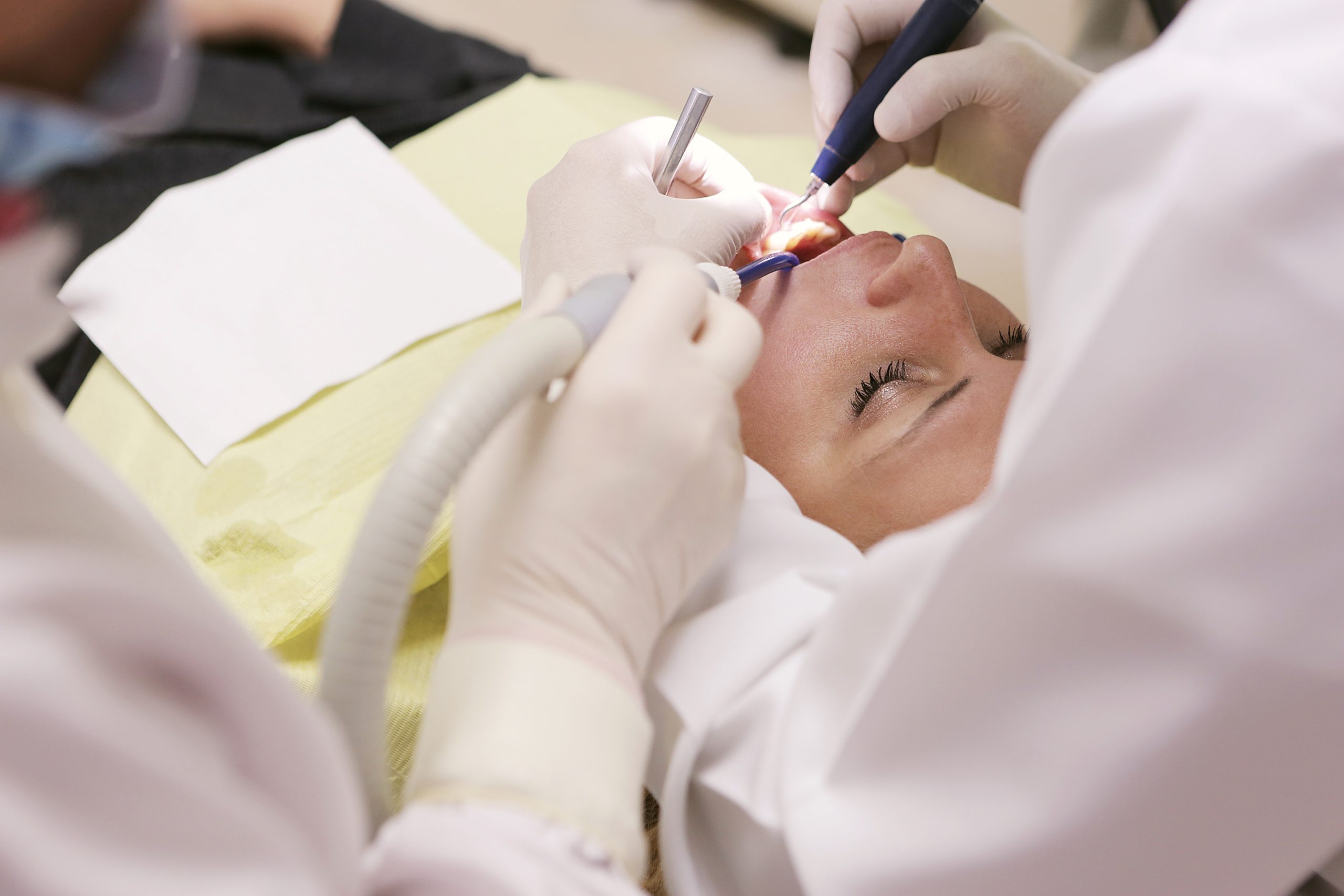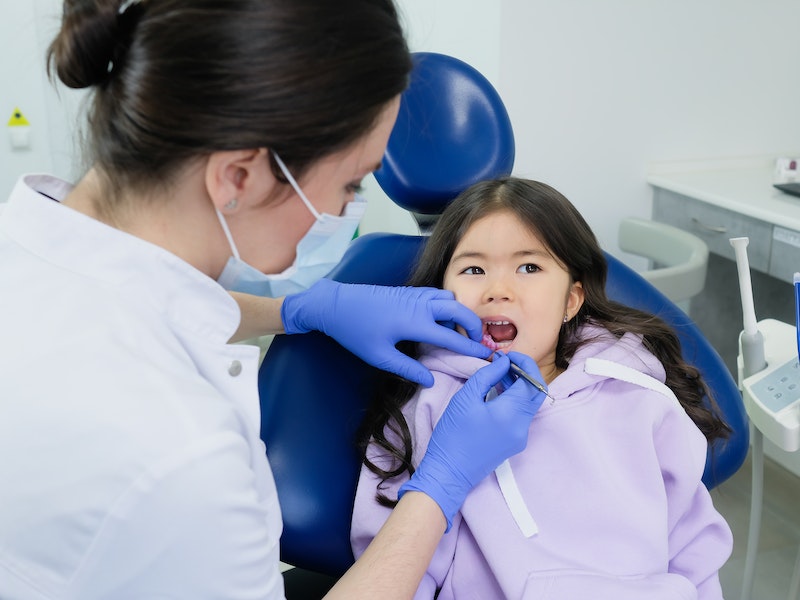Why Might Your Child Need Early Orthodontic Evaluation?
There’s a growing awareness among parents about the importance of early orthodontic evaluation for children. Dental health, much like general health, can benefit from early diagnosis and treatment. But when exactly should your little one see an orthodontist, and why is it so crucial?
In this article, we dive into the reasons that make early orthodontic evaluations not just a good idea but sometimes a necessary step in ensuring your child’s oral health.
Understanding the Role of an Orthodontist
An orthodontist is a dental specialist who corrects teeth and jaws that are positioned improperly. Crooked teeth and teeth that do not fit together correctly are harder to keep clean, are at risk of being lost early due to tooth decay and periodontal disease, and cause extra stress on the chewing muscles that can lead to headaches, TMJ syndrome, and neck, shoulder, and back pain.
In this context, orthodontic services not only aim to straighten teeth but also to provide an overall improvement in oral health and function.
Early Signs Your Child May Need Orthodontic Attention
Children exhibit certain indicators that can hint at the need for orthodontic screening. Some of these signs include
-
Early or late loss of baby teeth
-
Difficulty in chewing or biting
-
Mouth breathing
-
Thumb sucking beyond a certain age
-
Crowded, misplaced, or blocked-out teeth
-
Protruding teeth
-
Uneven jaw development
-
Frequent biting of the cheek or roof of the mouth
Early detection isn’t about immediately slapping braces on your child’s teeth; it’s about identifying potential issues before they become problematic. A timely evaluation can lead to treatment at an optimal time, often reducing the severity and duration of future treatments.
The Benefits of Early Orthodontic Evaluation
There are numerous benefits to early orthodontic evaluation, ranging from improved oral health to potentially less complicated treatment in the future. Let’s break down some of these benefits:
-
Guiding the growth of the jaw
-
Lowering the risk of trauma to protruding front teeth
-
Correcting harmful oral habits
-
Improving appearance and self-esteem
-
Potentially simplifying and shortening treatment for later corrective procedures
-
Improving the way lips meet
What Does Early Orthodontic Treatment Involve?
Orthodontic treatment can involve a variety of procedures designed to rectify teeth and jaw alignment issues.
-
Fixed or Removable Appliances: Early orthodontic treatment often involves the use of fixed or removable appliances. Fixed appliances, such as braces, are attached to the teeth and gradually move them into the desired position. On the other hand, removable appliances, like retainers or aligners, offer flexibility as they can be taken out when needed, providing various options for treatment.
-
Teeth Movement: The primary focus of early orthodontic interventions is to move teeth into proper alignment. Appliances exert gentle pressure on the teeth, encouraging them to shift gradually over time. This controlled movement is a key aspect of achieving the desired alignment and functional improvement.
-
Retraining Muscles: Orthodontic treatment aims to retrain the muscles around the jaw and mouth. By influencing muscle behavior, the treatment helps maintain the correct alignment achieved through teeth movement. This aspect is important for sustaining the results of orthodontic interventions over the long term.
-
Influence on Jaw Growth: Early orthodontic measures can influence the growth of the jaws. Appliances are strategically used to guide the development of the jaws, ensuring proper alignment and functional harmony. This proactive approach addresses not only current alignment issues but also contributes to future oral health.
-
Extraction of Teeth: In some cases, early orthodontic treatment may involve the extraction of teeth. Tooth extraction creates space for proper alignment, allowing for effective correction of orthodontic issues. This step is carefully considered and implemented to optimize the overall outcome of the treatment.
-
Optimizing Oral Health: The overarching goal of early orthodontic treatment is to optimize oral health. By addressing alignment issues early on, the treatment aims to simplify future orthodontic procedures and promote long-term oral well-being. Early intervention not only corrects existing problems but also contributes to a healthier and more functional oral environment in the years to come.
Two Common Myths About Early Orthodontic Treatment
Myth 1: Orthodontic Treatment Is Only for Older Children and Teens
This couldn’t be further from the truth. The American Association of Orthodontists recommends that all children have an orthodontic screening by age 7.
Myth 2: Early Treatment Is More Painful and Expensive
On the contrary, early intervention can often simplify later treatments and reduce the total cost and discomfort associated with more significant corrections.
How to Choose an Orthodontist for Your Child
When selecting an orthodontist for your child, consider factors like professional expertise, experience with children, office atmosphere, and the types of treatments offered. Finding someone you and your child are comfortable with is crucial to making the experience a positive one.
For example, if you’re seeking an Invisalign provider in Mississauga, you’ll want to ensure that they have sufficient experience and positive reviews, specifically regarding Invisalign treatments for children and teenagers.
Understanding Different Types of Braces
While the thought of braces might bring to mind traditional metal brackets and wires, there’s now a variety of options available. Advances in orthodontics have led to treatments that are more aesthetic, comfortable, and suitable to diverse lifestyles.
Consider quality braces in Oakville when exploring options, as this indicates a location reputed for high-standard orthodontic care, offering treatments such as clear braces and other modern alternatives.
When to Schedule Your Child’s First Visit
The ideal time for your child’s first visit to the orthodontist can be earlier than many parents realize. By starting evaluations early, you allow your child to begin treatment at the best possible time, which could be now or in the future.
Final Thoughts
Early orthodontic evaluation is a critical step in ensuring the long-term dental health of your child. By understanding the whys and whens and selecting the right professional for your child’s needs, you’re setting the stage for a lifetime of smiles.
Remember that every child is different, and only a personalized assessment can truly determine the best course of action for your child’s unique situation. So, consider an early visit to the orthodontist as an essential part of your child’s healthcare routine—it’s a decision that could make all the difference in their development and self-confidence.










